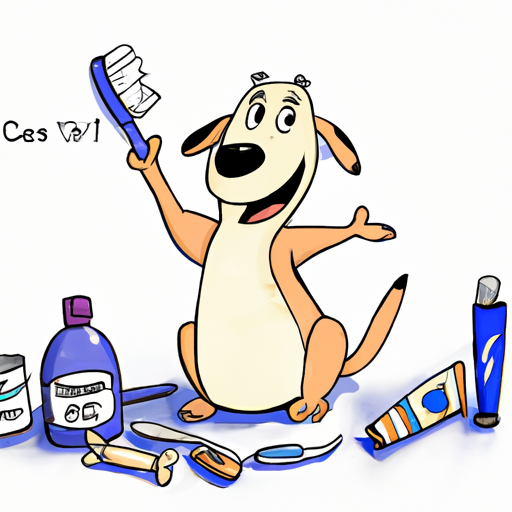Caring for your pet is an essential part of being a responsible pet owner. One aspect that often gets overlooked is dental hygiene. Let’s delve into the world of doggy dental care and explore what you can brush your furry friend’s teeth with.
1. Why Dental Hygiene is Important for Your Dog
Just like us, dogs can suffer from gum diseases and tooth decay if their dental hygiene is neglected. Plaque and tartar build-up can cause gum inflammation, leading to painful conditions like periodontal disease. Regular brushing can help prevent these issues, ensuring your dog maintains a healthy and happy smile.
2. What to Use: Dog-Specific Toothbrushes and Toothpaste
When it comes to brushing your dog’s teeth, the tools you use matter.
-
Dog-Specific Toothbrushes: Unlike human toothbrushes, these are designed with a dog’s mouth in mind. They often have dual heads to reach different areas of the mouth and soft bristles to be gentle on the gums.
-
Dog-Specific Toothpaste: Human toothpaste can be harmful to dogs due to certain ingredients like fluoride. Dog-specific toothpaste is safe to swallow and comes in flavors that dogs love.
| Type | Description | Pros | Cons |
|---|---|---|---|
| Dog-Specific Toothbrush | Designed for a dog’s mouth. Often has dual heads. | Reach different areas of the mouth, gentle on the gums. | May take time for the dog to get used to. |
| Dog-Specific Toothpaste | Safe to swallow, flavorful. | Tasty for dogs, safe if swallowed. | Can be more expensive than human toothpaste. |
3. How to Brush Your Dog’s Teeth
Brushing a dog’s teeth might seem daunting, but with patience and practice, it can become a routine task.
- Start by letting your dog taste the toothpaste.
- Hold the brush at a 45-degree angle to the gums and gently brush in a circular motion.
- Be sure to reach all the teeth, paying extra attention to the back molars where tartar tends to accumulate.
- Reward your dog with praise or a treat afterward.
4. When to Seek Professional Help
If your dog’s breath is persistently bad, or you notice signs of gum disease (red, swollen gums, difficulty chewing, or loss of appetite), it might be time to consult a veterinarian. They can perform a professional cleaning and provide advice on maintaining your dog’s dental hygiene.
5. FAQ
Q: How often should I brush my dog’s teeth?
A: Ideally, daily. But at least 2-3 times a week is recommended.
Q: Can I use human toothpaste for my dog?
A: No, human toothpaste can be harmful to dogs.
Q: My dog hates having their teeth brushed. What can I do?
A: Patience and positive reinforcement are key. Try making it a fun experience by rewarding them with a treat afterward.
Q: When should I start brushing my dog’s teeth?
A: The earlier the better, but it’s never too late to start.
Dental hygiene is one important part of your dog’s overall health. With the right tools and routine, your furry friend can have a healthy set of teeth and gums.



